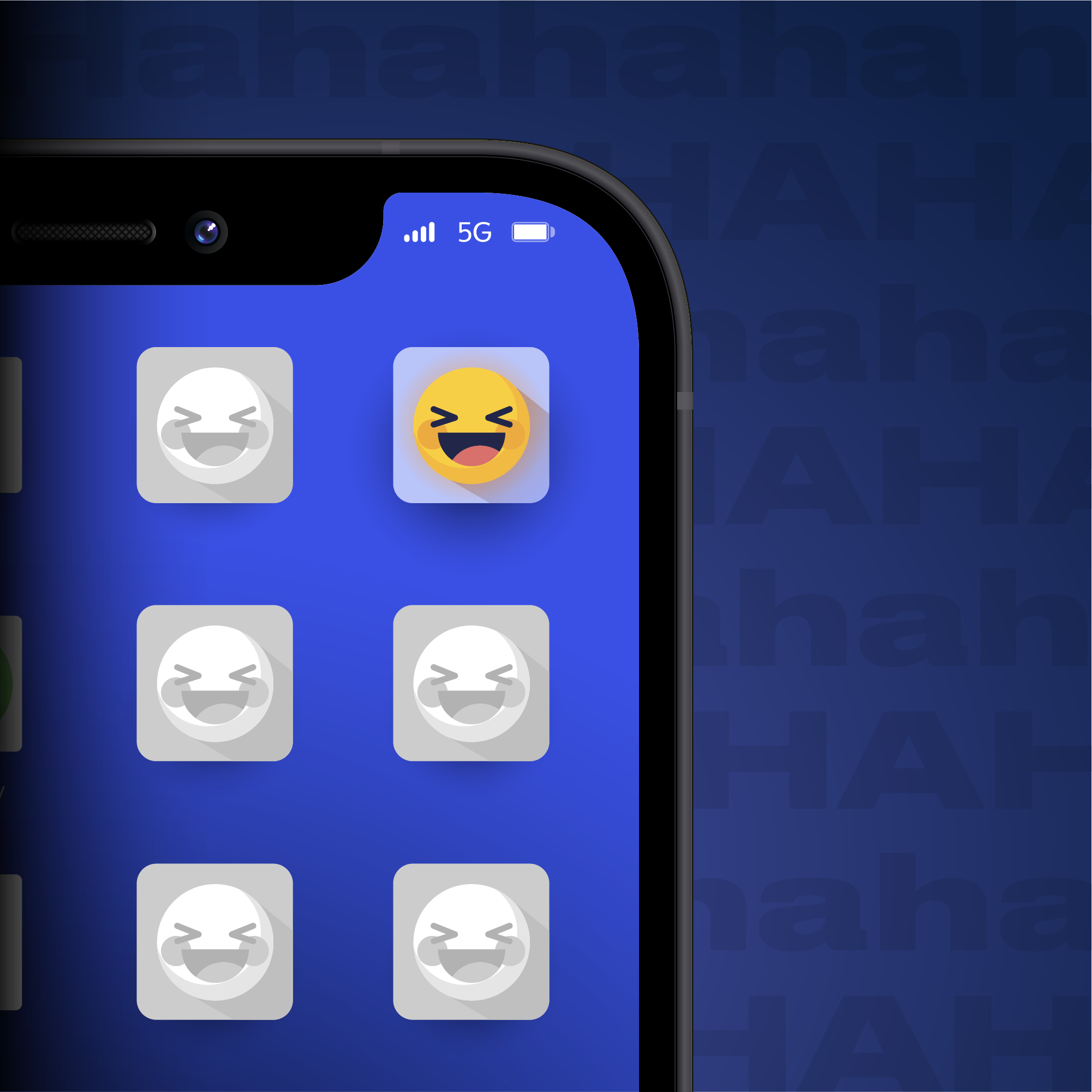Why it’s time for a change: Defining automation design (AxD)
I believe conversation design needs to evolve as a title and practice. Automation design (AxD) is my pick, but I’m open to ideas. Automation design would be defined as the application of UX best practices and design-centricity to AI-powered automated systems.
As AI models improve, I believe the number of everyday touchpoints we’ll have with automated systems is going to increase exponentially. Today, customer support is the most obvious use case for AI assistants—but I imagine sales, internal operations, healthcare, and so much more will be improved through AI-powered automation.
This title change has three benefits. First, this title change allows conversation designers to free themselves from the stigma that CxD is simply copywriting or that their role is from a bygone era of manual chatbot creation. Second, this title change makes it clear that this role helps businesses automate and save costs—all while maintaining a great user experience. And third, automation design frees the function from being tied to any one interface. Automated experiences can be much more than just chatbots or voicebots—this is already the reality for conversation designers. We know this from working with 200,000 global users at Voiceflow whose work consists of automation logic and business process logic behind the scenes, along with their CxD tasks. Conversation designers are already doing this work, and it’s time they receive the recognition they deserve.
In 5 years, I predict automation designers will be working across every industry and use case, ensuring the increasing number of automated experiences we interact with everyday are useful and delightful.
The rise of AI is going to lead to a surge in automation across use cases. It’s time for conversation design to evolve and grow into a wider, more critical function. In 5 years, I predict automation designers will be working across every industry and use case, ensuring the increasing number of automated experiences we interact with everyday are useful and delightful. At Voiceflow, we’ll do our part by continuing to build the most collaborative, extensible, and powerful tool to help you automate any use case with AI agents.






.svg)